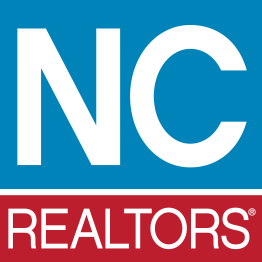Selling property with an abandoned house
QUESTION: I have been asked to list a 10-acre parcel that includes an abandoned house. There are no working utilities, there are holes in the roof, floors and walls, and most of the windows are broken. In short, the house appears to be beyond repair. I have two questions. First, which listing agreement should I use, the one for vacant land (Standard Form 103) or the one for residential property (Form 101)? Second, does my client need to fill out a Residential Property and Owners Association Disclosure Statement (“RPOADS”), a Mineral and Oil and Gas Disclosure Statement (“MOG”), and a Lead-Based Paint disclosure (Form 2A9-T)?
ANSWER: Taking your second question first, the Residential Property Disclosure Act (the “Act”) applies to “transfers of residential real property consisting of not less than one nor more than four dwelling units.” Although the term “dwelling unit” is not defined in the Act, the North Carolina Real Estate Commission has supplied the following definition in the RPOADS: “The term ‘dwelling unit’ refers to any structure intended for human habitation.” While there is an argument that the Act does not apply because the structure is not currently habitable, the Commission’s definition is broad enough that if you are listing property with a structure that was originally intended for human habitation, the safest choice is to have your seller complete both the RPOADS and the MOG. Checking all of the “no representation” boxes is certainly a good option for the seller of such a property.
The Lead-Based Paint disclosure obligation arose from the passage of the Residential Lead-Based Paint Hazard Reduction Act of 1992. The Act mandated that HUD and the EPA promulgate regulations for the disclosure of lead-based paint hazards in “target housing.” The Act defines “target housing” as any housing constructed before 1978. If you are listing property with a house that was constructed before 1978, you should have your seller complete Standard Form 2A9-T, even if the structure has not been occupied for many years.
Turning to your first question, we believe that while it would be permissible for you to use either of the standard listing agreements, the use of Form 101 is most appropriate. One reason is that the subject land is not really vacant. The Cambridge English dictionary defines “vacant land” as land that has no buildings on it. While the structure you describe may have no value, it is nevertheless a building. A second reason is that, for the reasons set forth above, your seller should be advised to complete the RPOADS and the MOG. Paragraph 13 of Form 101 includes language obligating the seller to do so. For obvious reasons, Form 103 contains no similar language.
This article is intended solely for the benefit of NC REALTORS® members, who may reproduce and distribute it to other NC REALTORS® members and their clients, provided it is reproduced in its entirety without any change to its format or content, including disclaimer and copyright notice, and provided that any such reproduction is not intended for monetary gain. Any unauthorized reproduction, use or distribution is prohibited.
